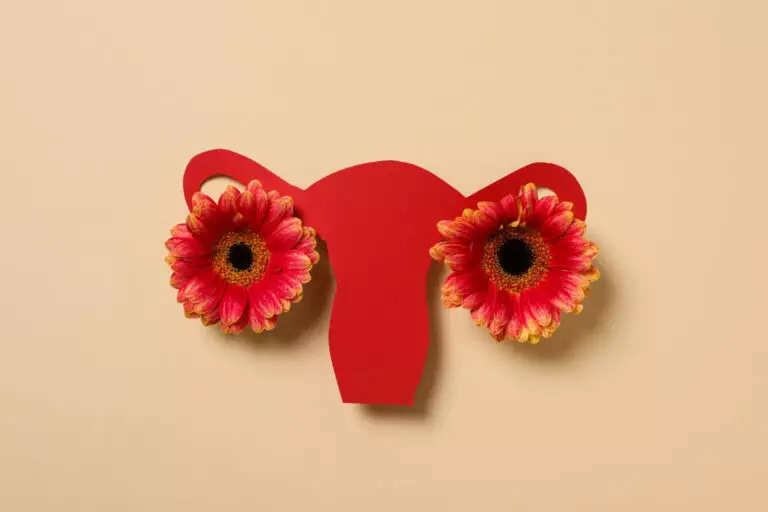Understanding Vaginismus: More Common Than You Think
We see lots of women with vaginismus – though most have never heard of it before, and they often don’t understand why it is happening.
What is Vaginismus? Identifying the Condition
Vaginismus is the reflex spasm of pelvic floor muscles. It can make any form of vaginal penetration painful – even impossible. It can start with our first attempts at penetration (like inserting a tampon), or develop later.
It can feel confusing when your body does this, but you want to be intimate with a partner.
Medical Approaches and the Role of Dilator Therapy in Vaginismus Treatment
Medical approaches to treating vaginismus often focus on dilator therapy – using a graded series of vaginal dilators to try and teach the muscles of the pelvic floor to relax. This has its place – but it is important to consider why your muscles are trying to protect against penetration in the first place.
Exploring the Underlying Causes of Vaginismus: Trauma and Pain
Sometimes the underlying reason is that the body no longer feels like a safe place, usually as a result of experiencing some form of trauma or pain.
Different Forms of Trauma Leading to Vaginismus
Trauma is an umbrella term for anything that makes us feel out of control and unsafe:
- Cancer diagnosis & treatment
- Surgery, treatment for gynaecological problems, pregnancy loss or childbirth
- Traumatic bereavement, infidelity, divorce
- Adverse childhood experiences, previous sexual abuse/violence
- Long-term misdiagnosis of medical conditions
- Bullying, coercive or controlling relationships
- Sudden, forced change in sense of self, through illness, loss of role, loss of trust
Painful Conditions That Can Contribute to Vaginismus
Pain comes in many forms too:
- Oestrogen loss (at menopause, during breastfeeding or with contraceptives) causing dryness, and loss of stretch
- Recurrent infections/bladder pain after sex
- Painful gynaecological conditions i.e. endometriosis
- Painful bowel conditions
- Vulvodynia, nerve injury, or injury during childbirth
A New Perspective on Treating Vaginismus: Body Safety and Autonomy
Treating vaginismus often means putting penetration aside for a while and, instead, developing our sense of safety and bodily autonomy. Learning to trust our bodies again, to expect them to give us pleasure, rather than pain – this works with our bodies and minds, not against them.






